Meet the State Exec: William (Reed) Ryan
BY AsphaltPro Staff
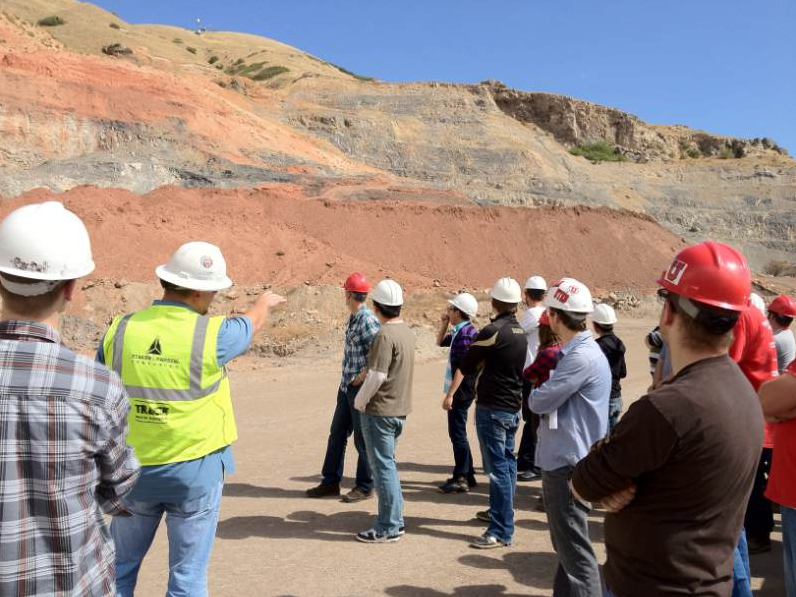

The AsphaltPro staff continues its series to introduce you to the state asphalt pavement association (SAPA) executive directors. This month we share ideas and information from one of the more recently formed groups—the Utah Asphalt Pavement Association (UAPA). We especially invite readers to check out UAPA’s work in the area of recruiting new members to the asphalt industry. William (Reed) Ryan joked that he “blames” his parents for getting called Ryan because they gave him three first names. What’s heartwarming is he loves being named after both of his grandfathers.
Your Full Name: William (Reed) Ryan. Reed is what has stuck all these years and I love being named after both of my grandfathers, two good men I never got to really know, but hope I am doing justice to their names.
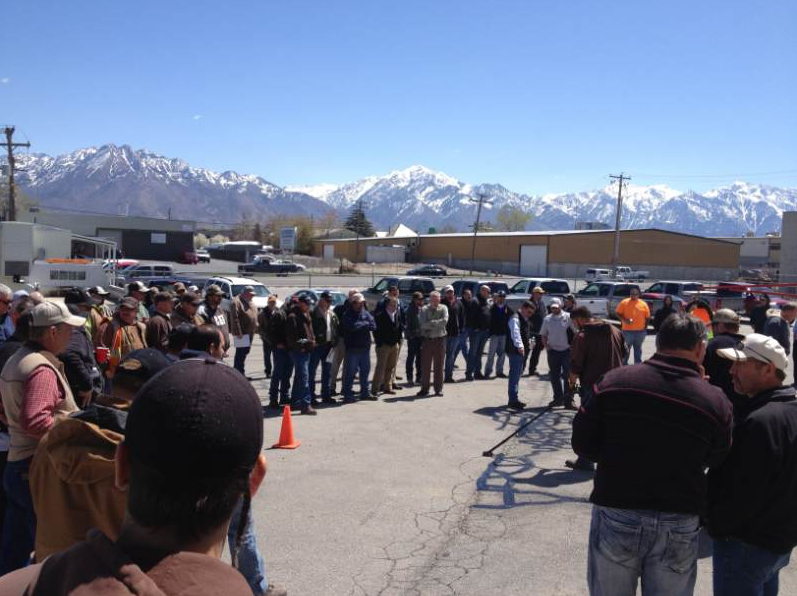
State Association: The Utah Asphalt Pavement Association (UAPA), Midvale, Utah
How long have you been in the asphalt industry? 3 years
Do you have a degree related to the industry? In one sense, my degrees are as far from being related to the asphalt industry as possible (B.A. in Political Science from Brigham Young University & a J.D. from the George Washington University), but in another sense, I feel my kind of background is as important to the industry as it has ever been.
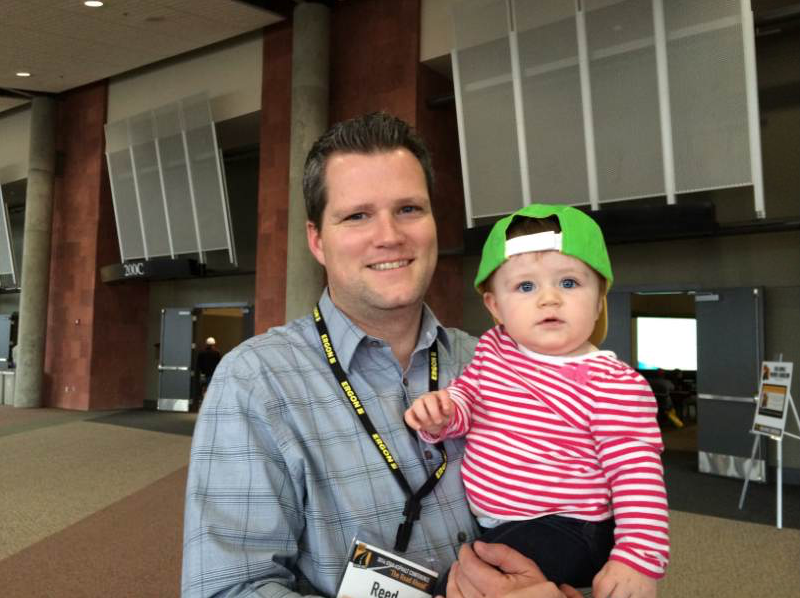
How long have you been the executive director of your state association?
3 years
In what year was your state association formed?
2011
How many producer and/or contractor members are in your state association?
Fifteen (depending on how you count).
About what percentage of the asphalt professionals/firms in your state is that?
80-85% of the total work.
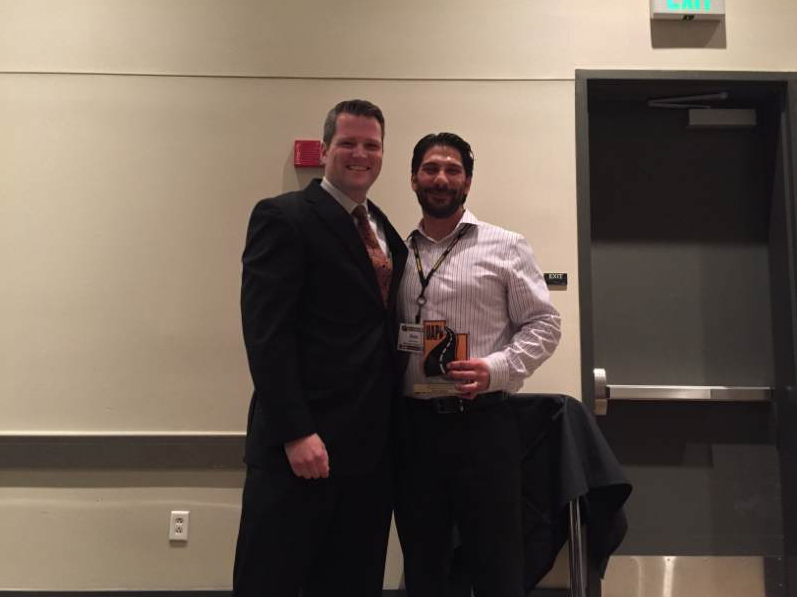
What are the top two or three ways you encouraged membership in the association?
We have had a unique challenge because we have essentially built UAPA from the ground-up over the past three plus years. In that sense we have had to build a brand that people can come to trust and that takes time. Right from the start, however, we have had the support of most of the major asphalt producers in the state and that has made a difference when I go and talk to others about the benefits and unified voice behind the association.
Personally, I believe the two primary drivers for our growth have been what we have been able to achieve with specifications and education. Spec changes take time, but once achieved, it is easier to point to a direct ROI. Establishing quality education programs allow us to point to sustainability and accountability – two core values of the association.
Above all, we continue to get new members because our existing members are best at telling the UAPA story and convincing others they need to be a part of it. I am always grateful when I get those calls that say, “So and so told me a I need to join UAPA, what do I need to do to sign up?”
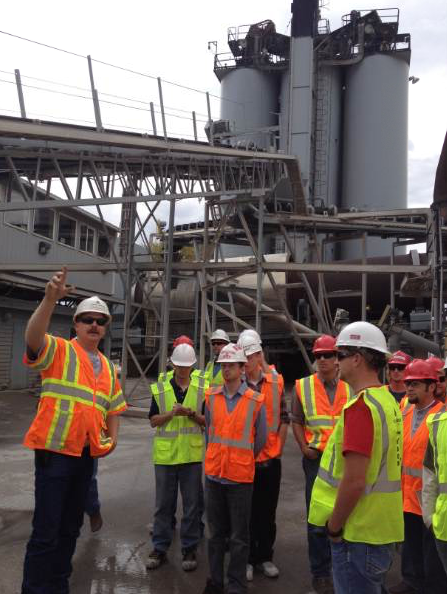
What is your favorite method for recruiting new asphalt professionals to the industry in general?
This is a great question and one that our Operations Committee has been focused on for the past year. I’m excited to report that this year we invited all of the major higher education institutions in the state to send students to our asphalt conference in February free of charge. We even had an entire session dedicated to Careers in the Asphalt Pavement Industry where vice presidents and managers from all of our major producers provided road maps and roundtable discussions for students to learn how a career in this industry can be fulfilling and rewarding based on their own actual experiences.
This is the first year we have also begun to fund the Utah Asphalt Pavement Association Scholarship Award and created a Scholarship Committee. In the year ahead we plan to visit academic institutions to give the Careers presentation on site during classes. We’ve also had great success in partnering with one of our producers at their pit and plant to host groups of students from the Civil Engineering Program at the University of Utah. I believe we had over 70 students last year come through in several groups. It is a great experience. We are looking at how we may provide similar tours for other schools at various other locations in the state.
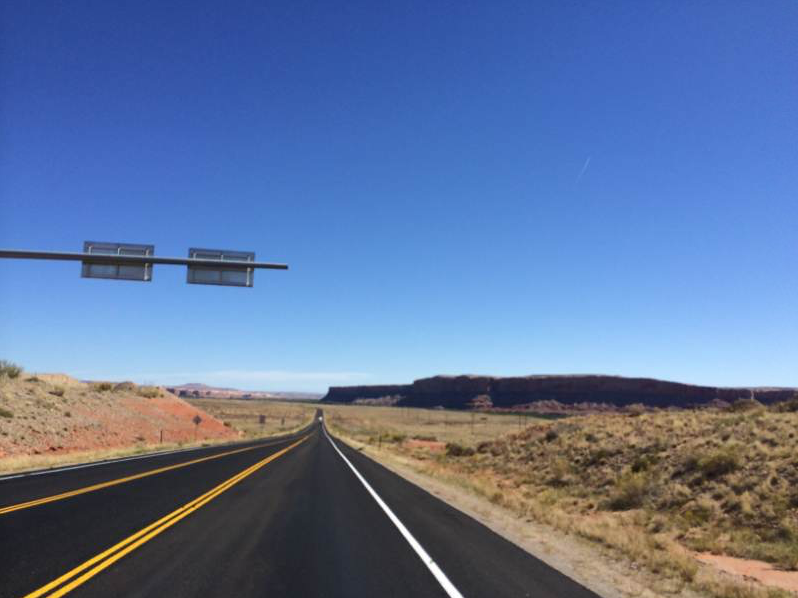
In what month do you hold your annual meeting?
Our Annual Industry Dinner has functioned as our annual meeting to this point. We hold that dinner in conjunction with the Utah Asphalt Conference that usually takes place around the end of February/early March.
7. Do you have a trade show/expo in addition to your annual meeting?
Yes, since coming into existence UAPA has taken over the management of the Utah Asphalt Conference with great success. Historically, meaning prior to the formation of UAPA, the conference had been a one-day affair with six or seven classes, a few keynote speakers, around 100 attendees, with maybe eight to ten vendors at tables in the foyer. It was a good event, but with everything our local LTAP was asked to do in addition to the conference, we knew we could lend more resources to try and help. So in partnership and agreement with our LTAP, UAPA took over the lion share of the conference management and logistics roughly three years ago. I am happy to report that at our conference in February of 2015 we had 750 attendees, 28 breakout sessions over two days; and over 65 vendors filling an entire exhibit hall with equipment, technology, and products. I cannot express enough how humbled I am by the growth and support of this event.
Our local LTAP did such a great job carrying the torch of the asphalt conference in the decades prior to UAPA and because of that, all the association had to do over the last three years was add a little extra fuel to the proverbial fire. I would now put the quality and value of our conference up against any other in the entire nation. It has been truly inspiring to see our industry rally around this event to make it something special. I do not sleep in the month leading up to it, but it has been worth it to see the reactions from people who have not attended in a while to come in and be amazed at what we have achieved together over the course of the past few years.
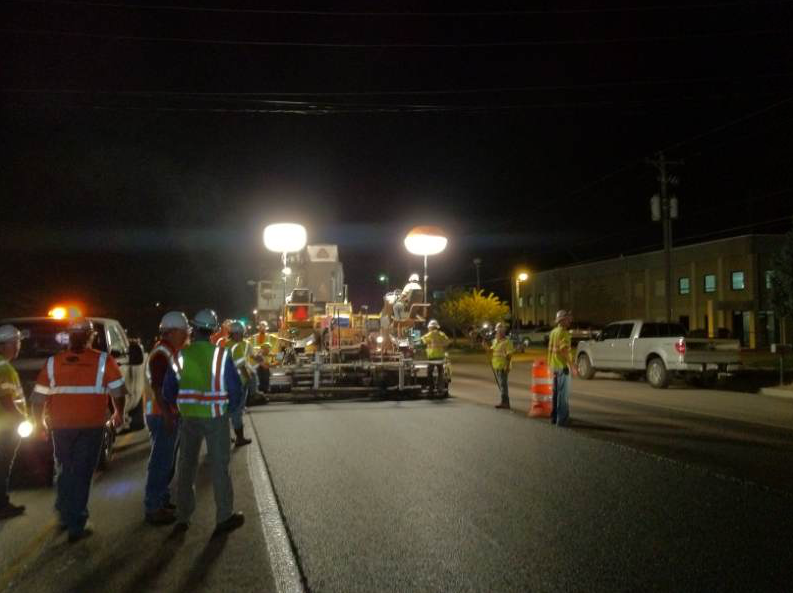
Do you have a staff that assists in preparing the annual meeting?
In the past we have hired an association management company to help us with some of the logistics and planning of the conference. It has been a great partnership. Other than that, I am the only employee of UAPA.
Does your office/staff hold educational seminars or webinars for members separate from the annual meeting/convention(s) throughout the year?
Yes. One of the key features of UAPA from its inception has been our Lunch and Learn program. In the past, we held these educational luncheons (usually free of charge thanks to the sponsorships of our members) every other month. This year, because of the success of the program, my board of directors gave me a special charge to hold these luncheons in 10 out of the 12 months of the year. We typically average 50 people in attendance and can go up to over 100 depending on the topic or time of year. For example, our next Lunch and Learn will be on “Why Pavements Fail and What You Can Do About It.” At first blush, a risky topic, but I believe it will largely be a positive discussion because of the way we are framing the discussion through a roundtable format from our producers and UDOT. Through these programs and others, I want people to know that UAPA will never back away from the challenges (real or perceived) that may be facing our industry. So we take these topics head on and say come to our lunch and learn hungry with questions and leave full with answers.
We will also be traveling to eastern Utah this fall to provide a Traveling Lunch and Learn to the good folks in cities and counties in communities across the Uintah Basin.
Last year we also introduced what we are calling the Southern Utah Asphalt Seminar (SUAS) in St. George, Utah. Having three years of management of the asphalt conference under our belt, we recognized that we were not drawing the numbers we would like to see at the asphalt conference from other geographic areas of the state. So we made the decision to take the conference on the road to those areas in need of the same quality education. The SUAS far exceeded our expectations from last year, so we plan to do it again this year. Similar to the asphalt conference, I can see the SUAS becoming THE asphalt-related event in the area. It is that sort of vision that drives me everyday.
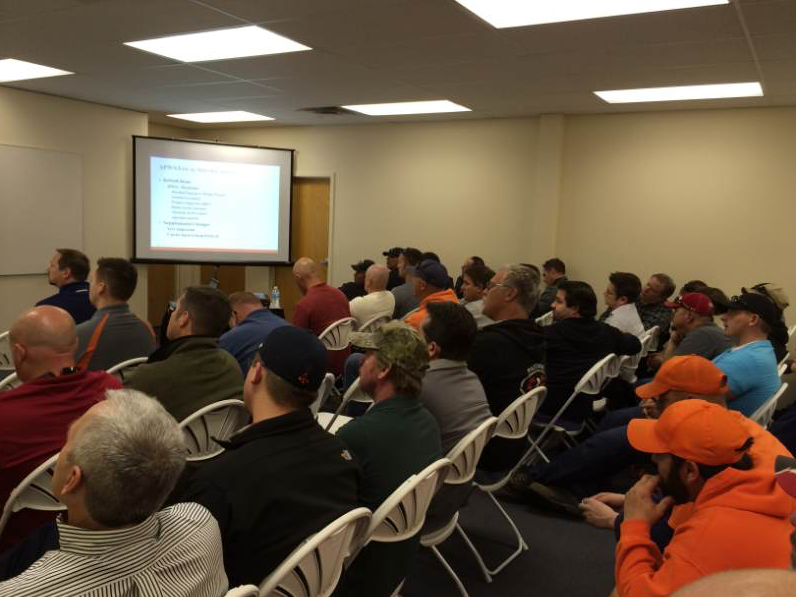
About how many member asphalt projects do you visit per year/paving season?
Honest answer, not enough. I am working with my producers and contractors to fix that this year.
About how many member asphalt plant tours do you assist/are you a part of per year?
Between the student tours and tours for local or congressional politicians we usually get in two to four each year.
About how many member asphalt open house events do you attend per year?
One.
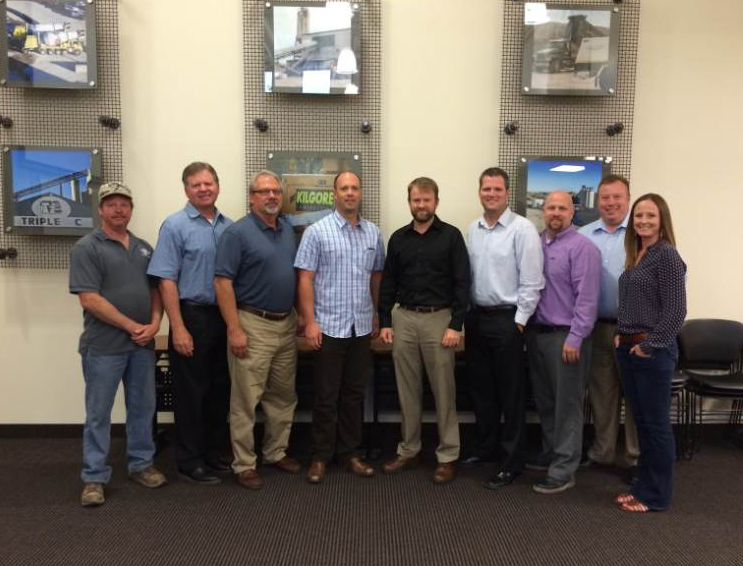
About how many state agency or DOT meetings do you attend per year?
We have a Quarterly Meeting in place with UDOT. On top of that, there are various specification task groups and member requests that put me at probably 15 to 20 meetings/year.
On a scale of 1 to 5 (1 being none at all; 5 being very much), how much of a threat to your members’ market share/livelihood is the concrete industry in your state?
Five. The concrete association is very active and effective in Utah and we are seeing many projects go to concrete. This includes surface streets in major cities such as Salt Lake City. Loss of market share was a primary driver, among others, in the formation of UAPA. Roads in urban or neighborhood settings that were often thought a guaranteed win for asphalt are no longer off limits in Utah.
On a scale of 1 to 5 (1 being none at all; 5 being very much), how much difficulty are your members having in finding qualified workers for their asphalt paving or production crews?
This one is a little harder for me to answer because I am not in that position with any one particular producer. But generally speaking, it remains a challenge from year to year based on discussions I have had with many members.
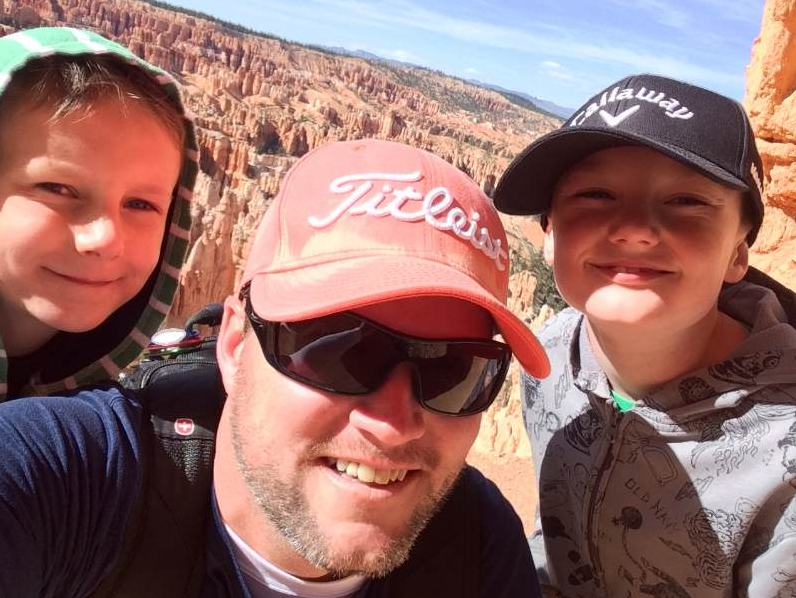
Could you give an example of a way your state APA assists members with workforce development?
The biggest thing we provide is a great education through our Utah Asphalt Conference and our Lunch and Learn Programs. As the association matures, we are looking at certification programs and other steps, but without any additional staff to assist, this often takes the backburner with everything else I need to manage for UAPA. Give us a few more years and I think you will see some growth for the association in this area.
On a scale of 1 to 5 (1 being none at all; 5 being very much), how involved are your state elected officials in transportation issues?
Five. I have to applaud the Utah Legislature this year (and for several years prior) for taking an active and strategic approach to our transportation and infrastructure needs in the state. This year we saw meaningful legislation pass and signed into law that will make a difference moving forward. It was a heavy lift, but our leaders, particularly Representative Johnny Anderson and Senator Kevin Van Tassell, saw the need, formed a reasonable approach, learned to compromise, and had the fortitude to see it through regardless of any political cost down the road. What they have done, I believe, is provide a reasonable model for change for any other state considering options to fund transportation and infrastructure. We are very grateful to our local House and Senate and hope to continue to see Senator Hatch and our federal delegation lead out on the issue on a federal level. It’s a big issue on the federal level and I’m glad to have Senator Hatch in the position that he is in on the Senate Finance Committee looking out for the best interests of Utah and our nation.
On a scale of 1 to 5 (1 being none at all; 5 being very much), how involved are your asphalt members in transportation issues such as funding and infrastructure improvements?
Five. This past year we saw several of our members take an active and defining role as part of the Utah Transportation Coalition. I do not believe we would have seen the success we did without these members taking on important leadership roles in the coalition.
Could you share an example of a time when your state APA hosted elected officials?
Knowing that transportation funding was going to be front and center during this year’s legislative session at the state, we hosted the Chair of the Utah House Transportation Committee, Rep. Johnny Anderson, for a tour of an asphalt plant and executive roundtable with representatives from all of our major producers. Having been previously employed on the government side of the equation, I love the opportunity to get elected officials out to experience what it really takes to put a quality asphalt-paved road together. Without fail, it has been an eye-opening experience for the official and a meaningful way to spend one-on-one time with a decision maker for our producers. We followed up the tour this year by awarding Johnny our Friend of Industry Award at the 2015 Utah Asphalt Conference. I am so pleased that he is truly a friend of our industry.
Get to Know Reed Ryan
Why (or how) did you join the asphalt industry?
I came into the asphalt industry as complete outsider.
The “how” I joined is fairly simple. My brother was part of the original discussions among what eventually became our charter members and he told me they were trying to get UAPA up and off the ground. They needed an executive director and he passed the job description along to me. The timing worked well because I was finishing up some graduate schooling in DC and wanted to get back out west where both my wife and I had some family. I was interviewed along with several other candidates and eventually got the job.
The “why” I joined is a little more complicated. For me, UAPA presented a unique opportunity to make a difference. In the past, I had been a part of some large and deeply structured entities where I could effect little to no change. In UAPA I saw the chance to make something “my own.” In the three years since I have come aboard, I’ve learned that to truly help this association become something great, it’s not about making it “my own.” It’s about enabling and helping everyone else (the DOT, members, potential members, etc.) to achieve greatness. It’s a bit clichéd and worn, but I do believe it. And I think it is something we do not recognize nearly enough. If we’re not providing the right tools, the education, the knowledge, the venues, the trust, and the commitment to others to allow them to achieve greatness, then we’ve failed as an organization. I’m learning now what it means to make something “our own” together, and that’s the “why” behind my reasons for going to work each day for UAPA.
What do you see as the most important part of your job as an executive director of a SAPA?
Can I cheat and provide two things? If so, I would say education and unification. If we can do both of those things and do them well, then I think everything else will fall into place (increased market share, improved specifications, better communication, accountability, etc.). It is on these two things where I spend the majority of my time. Both are incredibly challenging to do it right and both are incredibly rewarding when you see things and people come together.
What is the most challenging part of your job, and why do you think it’s a challenge?
For me, the most challenging aspect of my job is the role of mediator. It is the times when you are called on to get to the bottom of something that is usually causing a great deal of consternation to one, two, or multiple entities. It is in the helping of those parties to understand that they may not get all they want/demand, but that the outcome will still largely be good and right for all of those involved. Most of the time I do not love it when I am put into that position, but I take great pride in striving to help get out of it with solutions that are palatable to all of those involved.
What do you find most enjoyable about your job as an executive director of a SAPA? And how do you think other state executives could duplicate this (if possible)?
For me, the most enjoyable aspect of my job is the people. In the past three years I have come to know, respect and love some really great people in the industry here in Utah. It is amazing to me the vast array of individuals that it takes to design, build and maintain a quality asphalt-paved road. Truly, it takes a village! And I am so happy to be a small part of it through the association and its various interactions. I grew up a very shy person and while I have largely shed a lot of that, some of it still comes through, so it has been nice to be welcomed with open arms into the industry and to get to know some pretty great people in the process.
